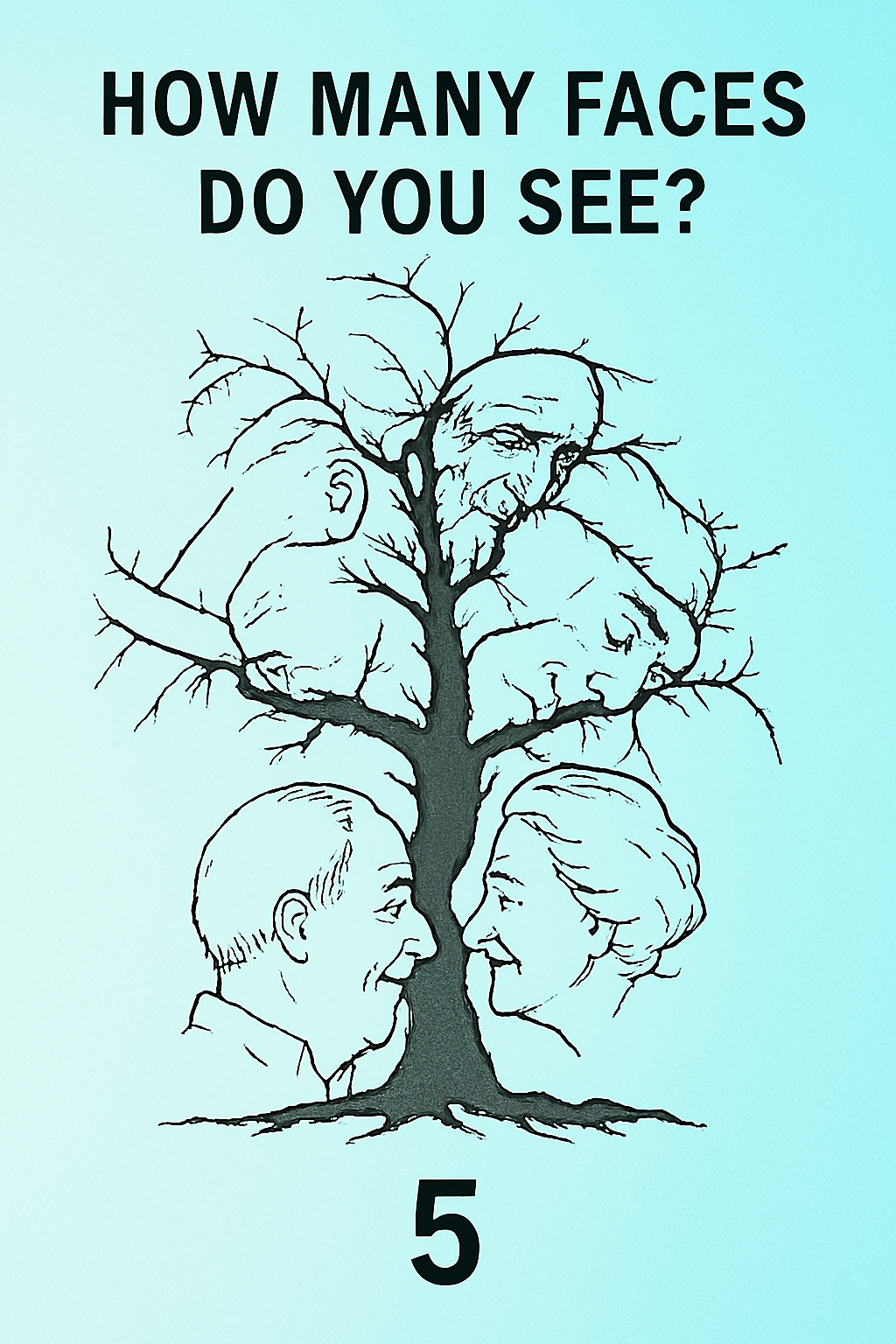🧠 The Hidden Power of Visual Perception in Design
In a world saturated with images, the ability to perceive and interpret visual information is more than just a cognitive skill—it’s a gateway to deeper understanding, emotional resonance, and creative engagement. From advertising to education, visual perception plays a pivotal role in how messages are received and remembered.
🌳 Seeing Beyond the Surface
Take, for example, optical illusions or visual puzzles that challenge the viewer to “see” hidden elements. These designs do more than entertain—they activate the brain’s pattern recognition systems, encouraging deeper focus and critical thinking. A tree that subtly reveals human faces within its branches isn’t just art—it’s a metaphor for layered meaning and the complexity of human perception.
🎨 Design with Purpose
Professional designers and communicators harness this power intentionally. By embedding subtle cues, contrasts, and symbolic elements, they guide the viewer’s attention and evoke emotional responses. Whether it’s a logo that tells a brand’s story or a campaign poster that stirs empathy, the success of visual communication often hinges on how well it engages the viewer’s perceptual instincts.
🧩 Cognitive Engagement and Memory
Studies in psychology and neuroscience show that images with hidden or dual meanings are more likely to be remembered. This is because they require active interpretation, which strengthens neural connections. In educational settings, such visuals can enhance learning outcomes by making abstract concepts more tangible and memorable.
💡 Conclusion
Visual perception is not just about what we see—it’s about how we interpret, connect, and respond. In professional design, leveraging this hidden power can transform ordinary visuals into extraordinary experiences. Whether you’re a marketer, educator, or artist, understanding the principles of perception can elevate your work and deepen its impact.

